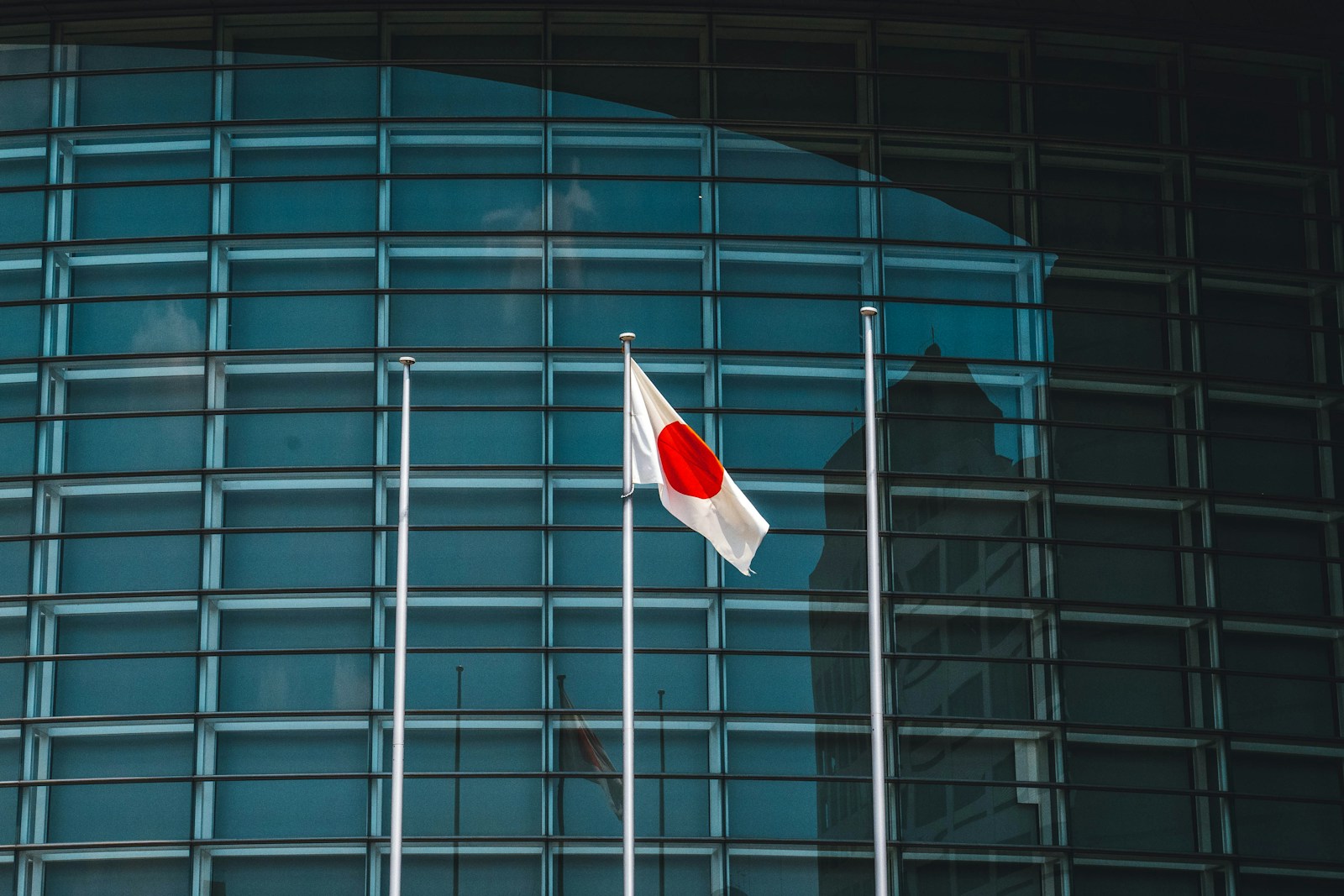In the heart of Japan, a short anthem resonates with a history and significance that stretches far into the nation’s past. "Kimigayo," Japan’s national anthem, is a symbol of unity, tradition, and controversy. Despite its brief length, the anthem encapsulates a complex blend of emotions and opinions among the Japanese people, from national pride to contentious debates over its imperialist connotations. This article delves into the multifaceted world of "Kimigayo," exploring its origins, meaning, and the role it plays in contemporary Japanese society, alongside the various perspectives that surround this enigmatic anthem.
Kimigayo: Japan’s Anthem of Controversy
"Kimigayo," with its serene melody and evocative lyrics, has been a source of national pride for many in Japan. However, its association with Japan’s imperial past and role in wartime efforts has also made it a subject of controversy. Discussions about "Kimigayo" often reveal deep divisions within Japanese society, reflecting larger debates about history, identity, and nationalism. Despite being officially recognized as the national anthem in 1999, its acceptance is far from unanimous, leading to heated debates across the political and social spectrum.
The History of Kimigayo: From Poem to Anthem
The origins of "Kimigayo" can be traced back to the Heian period (794-1185), initially as a poem before being set to music in the late 19th century. Its lyrics, derived from a classical waka poem, have remained unchanged, speaking to the enduring nature of its message. The anthem was adopted informally during the Meiji Restoration as a symbol of the Emperor’s power and the nation’s unity. Over the years, "Kimigayo" has become deeply ingrained in Japan’s national consciousness, even as its historical associations prompt ongoing debate.
Understanding the Lyrics of Kimigayo
The lyrics of "Kimigayo" are notable for their brevity and depth, expressing the wish for the Emperor’s reign to last for thousands of generations "until the pebbles grow into boulders lush with moss." This metaphorical expression of longevity and prosperity has been interpreted in various ways, from sincere wishes for the nation’s enduring peace to critiques of its implicit endorsement of imperial rule. The anthem’s words, while simple, encapsulate a profound hope for stability and prosperity, reflecting the complexities of Japan’s national identity.
Kimigayo’s Role in Japanese Identity
For many Japanese, "Kimigayo" represents a vital link to the nation’s history and cultural heritage, embodying a sense of continuity and unity. It is played at important public events, including sports matches and school ceremonies, symbolizing a moment of collective national identity. However, the anthem’s ties to imperialist history also challenge its role as a unifying symbol, illustrating the ongoing struggle within Japan to reconcile its past with a vision for its future.
The Debate: National Pride vs. Imperialist Echoes
The debate over "Kimigayo" often centers on the balance between national pride and the uncomfortable echoes of imperialism. Supporters argue that the anthem is a vital part of Japan’s heritage, essential for fostering a sense of national unity and pride. Critics, however, see it as a reminder of Japan’s imperialist past and militaristic endeavors, arguing for the need to adopt symbols that reflect a more inclusive and pacifistic vision of nationalism. This tension highlights the complex relationship between history, identity, and patriotism in contemporary Japan.
Public Opinion on Kimigayo: A Nation Divided
Public opinion on "Kimigayo" reflects a nation divided, with surveys revealing a wide range of attitudes. Some view the anthem with indifference, while others express strong feelings, either of support or opposition. The divisions are not merely generational but are also influenced by political, regional, and educational factors, demonstrating the complex web of identities and beliefs that characterizes Japanese society.
Kimigayo in Schools: Education or Indoctrination?
The inclusion of "Kimigayo" in school ceremonies has been particularly contentious, with debates focusing on whether it represents a form of national education or indoctrination. Critics argue that mandatory singing of the anthem infringes on individual rights and freedoms, particularly for those with conscientious objections. Proponents, however, defend its educational value, emphasizing the importance of understanding and respecting national symbols. This debate raises fundamental questions about the role of education in shaping national identity and the boundaries of individual freedom.
The Legal Battles Over Kimigayo
Legal challenges against the mandatory singing of "Kimigayo" in schools have highlighted the broader tensions around the anthem. Courts have been asked to balance respect for national symbols with the protection of individual rights, leading to a series of landmark decisions. These cases reflect the ongoing struggle to define the limits of patriotism in a democratic society, with "Kimigayo" at the center of a legal and ethical debate about nationalism and freedom.
Voices from Japan: What Kimigayo Means to Me
Personal perspectives on "Kimigayo" vary widely, reflecting the diverse tapestry of Japanese society. For some, it is a cherished symbol of their homeland and heritage; for others, a painful reminder of historical wounds. These voices, from all walks of life, underscore the deeply personal nature of national symbols and the complex emotions they evoke, illustrating the wide-ranging impact of "Kimigayo" on the Japanese people.
International Perspectives on Japan’s National Anthem
Internationally, "Kimigayo" is often seen through the lens of Japan’s role on the global stage, with its historical connotations either overshadowed by or contributing to contemporary diplomatic relations. Foreign reactions to the anthem can reflect broader attitudes towards Japan, from respect for its cultural traditions to concerns about its historical actions. Understanding these international perspectives is crucial for grasping the full significance of "Kimigayo" in a global context.
The Future of Kimigayo: Possible Paths Forward
The future of "Kimigayo" remains uncertain, with paths forward including potential revisions, re-interpretations, or even replacement. The debate over the anthem is part of larger conversations about Japan’s national identity and how it reconciles its past with its aspirations for the future. Whether "Kimigayo" will continue to unite or divide, or perhaps do both, is an open question, reflecting the ongoing evolution of Japanese society.
Beyond the Anthem: National Symbols in Modern Japan
"Kimigayo" is but one of many national symbols in Japan, each with its own history and significance. The Japanese flag, historical sites, and cultural practices also play essential roles in shaping national identity. As Japan continues to navigate its place in the modern world, the meanings and relevance of these symbols, including "Kimigayo," are likely to evolve, reflecting changes in society, politics, and international relations.
"Kimigayo" stands at the crossroads of tradition and controversy, embodying the complexities of Japanese national identity. As Japan moves forward, the debates surrounding its national anthem reveal deeper questions about what it means to be Japanese in a rapidly changing world. Whether as a unifying force or a source of division, "Kimigayo" remains a potent symbol of Japan’s past, present, and future, reflecting the evolving narrative of a nation continually striving to define itself amidst the currents of history and modernity.








